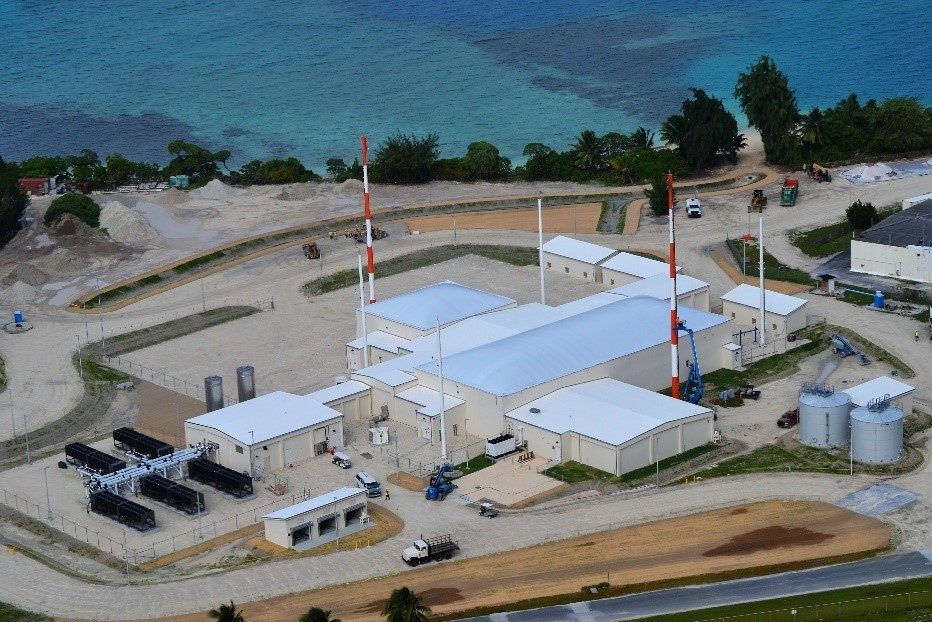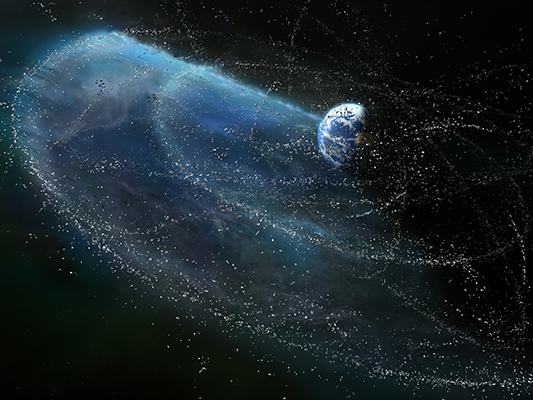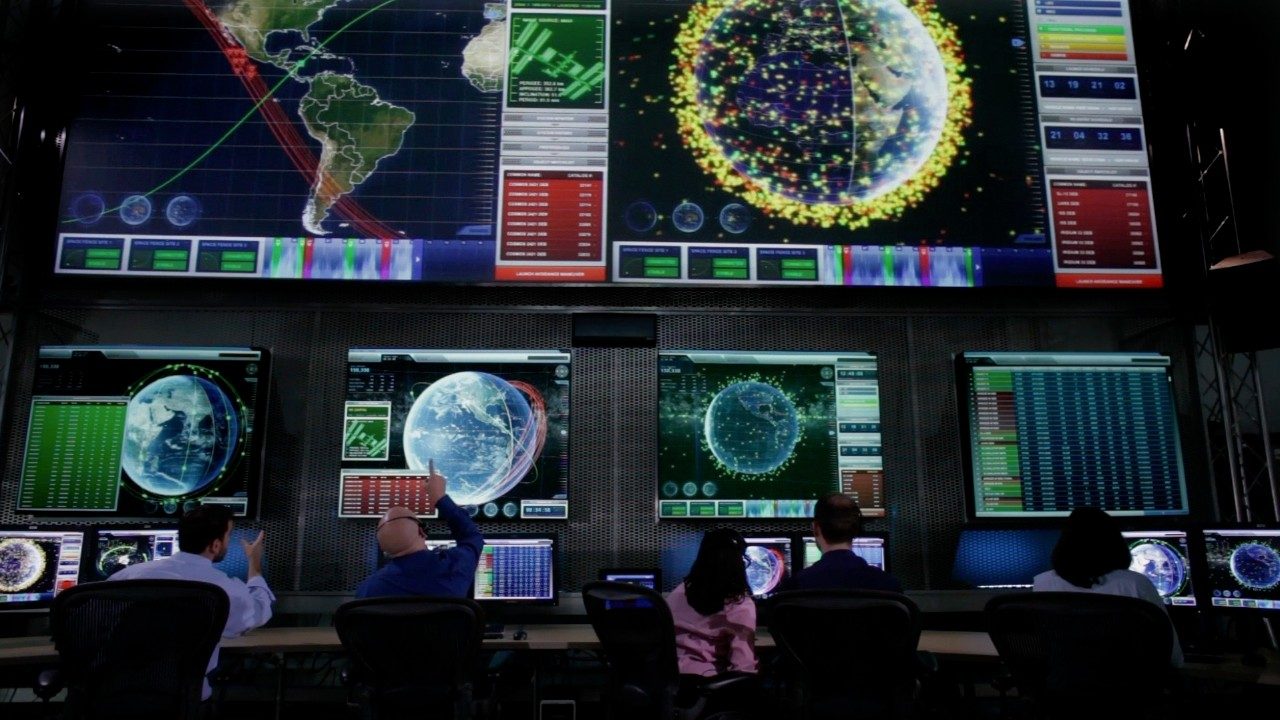In the early days of the space era, most countries felt safe launching rockets and operating satellites under the "big sky" concept. According to the theory, space was so vast that one more satellite had little or no chance of colliding with another.
Today, the orbital region known as low Earth orbit (LEO) is crowded with active satellites. It’s also cluttered with millions of pieces of debris thanks to frequent collisions and deterioration of defunct satellites and rocket boosters. Traveling at speeds upwards of 15,000 mph, that debris threatens not only commercial satellites, which we depend on for everything from weather forecasting, banking global communications and GPS navigation, but also military assets that help monitor and protect nations around the world.
"Space Fence is revolutionizing the way we view space by providing timely, precise orbital data."

Why Monitor Space Debris as Small as a Marble?
Simple: Space debris as small as a marble could have have a disastrous impact if it collides with any one of the space-based technologies the U.S. Government and industry depend on to provide communications, GPS navigation, weather forecasting and more.
“Space Fence is revolutionizing the way we view space by providing timely, precise orbital data on objects that threaten both manned and unmanned military and commercial space assets,” Gen. Jay Raymond, Chief of Space Operations, USSF, and Commander, U.S. Space Command, said in a statement. “Our space capabilities are critical to our national defense and way of life, which is why Space Fence is so important to enhance our ability to identify, characterize and track threats to those systems.”
Beyond cataloging objects, Space Fence will detect closely-spaced objects, breakups, maneuvers and launches. The Space Force says the system is the most sensitive search radar in the Space Surveillance Network.
“Space is now recognized as a congested and contested domain and Space Fence is the next evolution in our efforts to maintain space superiority,” Lt. Col Tipton, 20th Space Control Squadron commander, said in the statement.

Just How Much Stuff is in Low Earth Orbit?
According to NASA's most recent Orbital Debris Quarterly News, NASA calculates about 17.6 million pounds of objects are in earth orbit. This number is increasing with more commercial constellations and small satellites.
“Space Fence builds on Lockheed Martin’s legacy of providing innovative radar solutions – it’s the most advanced operational radar in the world,” says Dr. Rob Smith, vice president and general manager of Lockheed Martin Radar and Sensor Systems. “We are proud to partner with and support the U.S. Space Force on its mission to protect manned and unmanned space operations that are critical to our national defense and economy.”

Space Fence began proving its unmatched capabilities in 2019. During testing the system tracked a significant amount of debris from an anti-satellite test conducted by India, proving the radar’s ability to automatically predict and correlate their next orbital crossing times.
Space Fence is a key contributor to U.S. Space Force’s Space Domain Awareness (SDA), which provides information Space Force commanders need to make decisions and take action to keep assets safe.




